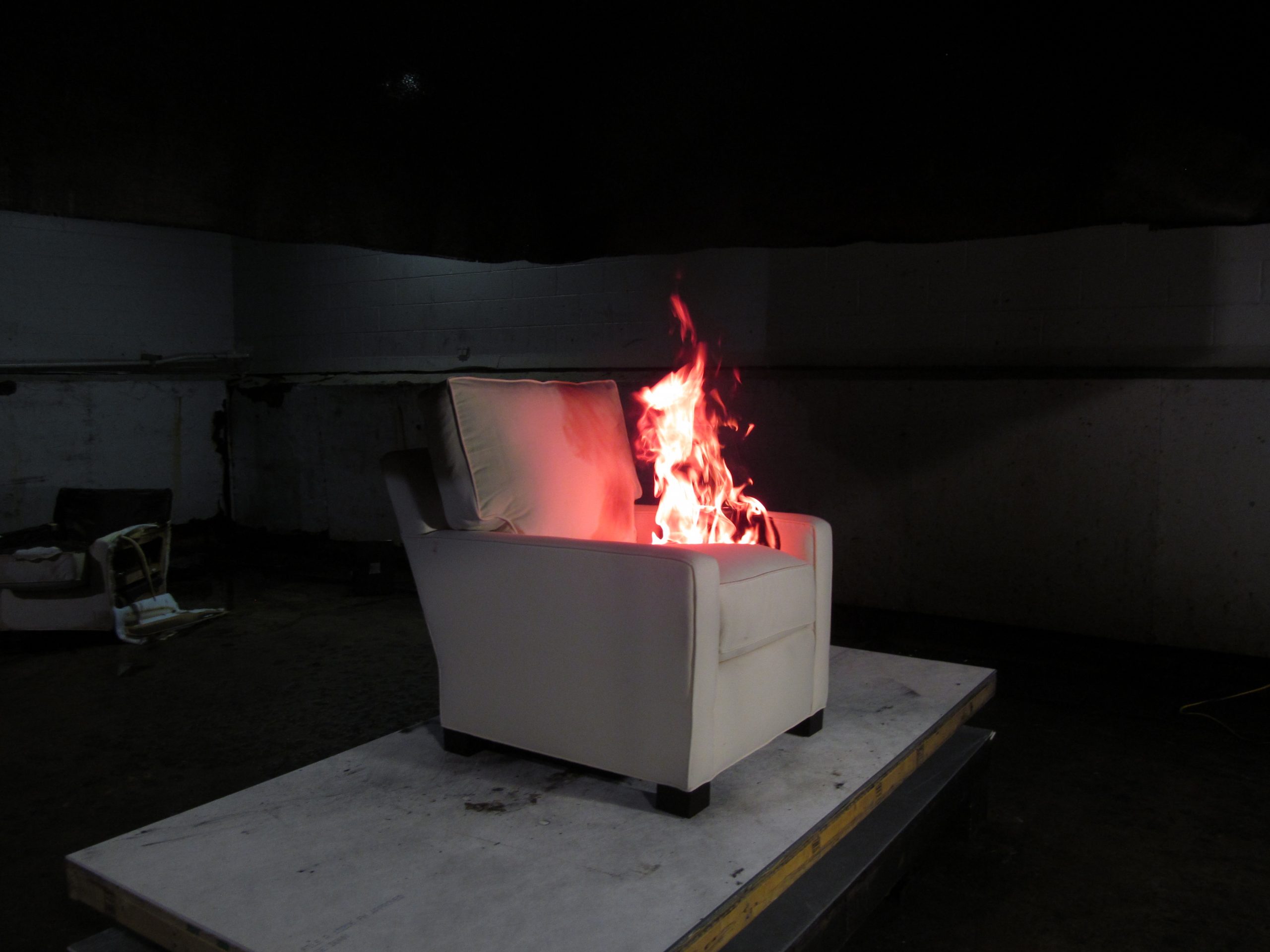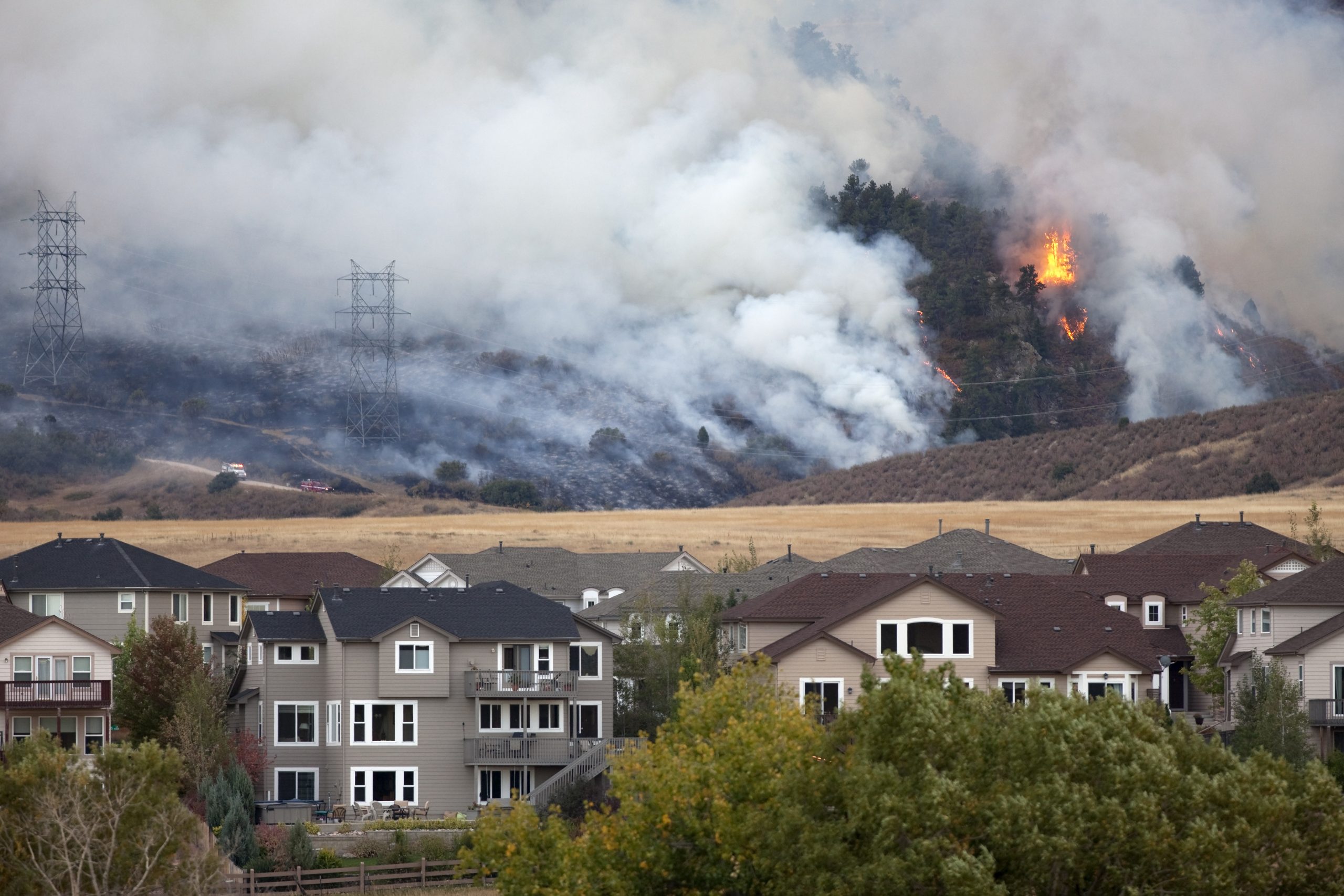Who We Are
Chemical Insights Research Institute
Dedicated to improving human health
As a unit of UL Research Institutes, Chemical Insights Research Institute (CIRI) is on the frontlines of research on emerging environmental health threats facing people and the planet today. Our work lets people around the world know what chemicals are in the air we breathe, the water we drink, and the products we interact with every day. Our leadership role is to provide objective research and resulting knowledge for improved practices, innovative product design, and changes that enable safer products and healthier environments.

3D PRINTING EMISSIONS
Researching emissions and health risks
Research evaluates current 3D printing technologies and the effects of their pollutant emissions on human health.

CHEMICAL EXPOSURE
Reducing pollutant exposures and improving human health
Research identifies chemical and particle sources of pollution, their impact on health and strategies to reduce exposures.

E-CIGARETTES AND VAPING
Evaluating human health risks from vape aerosols
Research evaluates human toxicity associated with chemical and particulate aerosols of these emissions.

FLAME RETARDANTS AND FURNITURE FLAMMABILITY
Reducing fire and chemical risks to safeguard human health
Research assesses flame retardants in consumer goods, exposure routes and levels, and evaluates flammability control without use.

GLOBAL AIR POLLUTION
Determining the sources and toxicity of air pollutant exposure
Research identifies chemical and particle sources of pollution, their impact on human health, and solutions to reduce exposure.

PFAS EXPOSURE
Characterizing PFAS exposure associated with textiles
Research develops analytical and toxicological methods for characterizing exposure routes from textiles containing PFAS.

TOXICOLOGY
Measuring the health impact of environmental pollution
Research studies how biological factors may increase individual susceptibility to environmental disease.

WILDFIRES AND THE WILDLAND URBAN INTERFACE
Understanding pollutants in wildfires
Research evaluates personal and community health risks associated with wildfire smoke.










